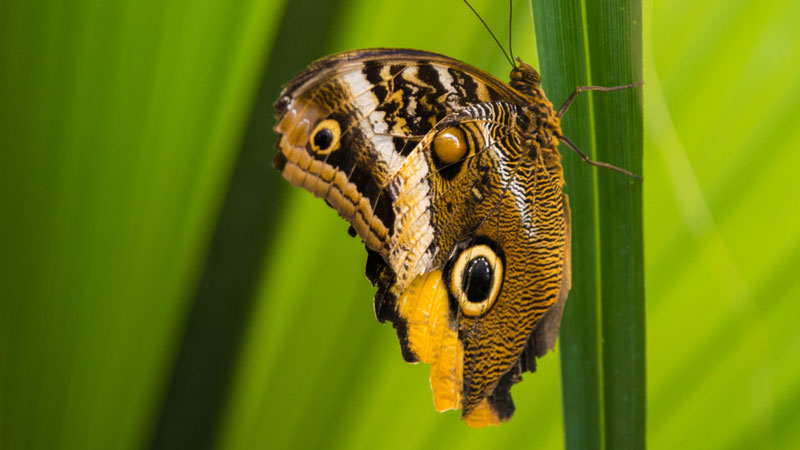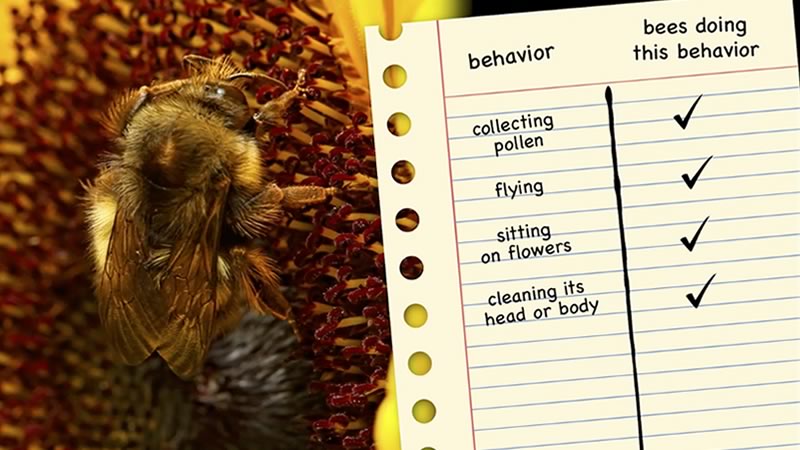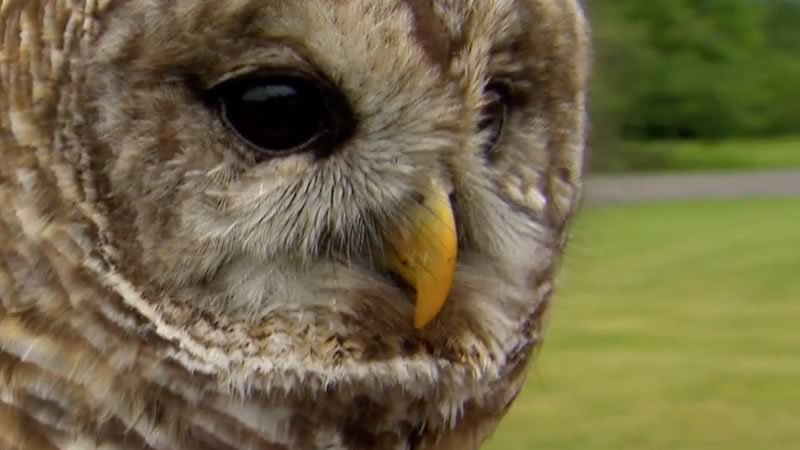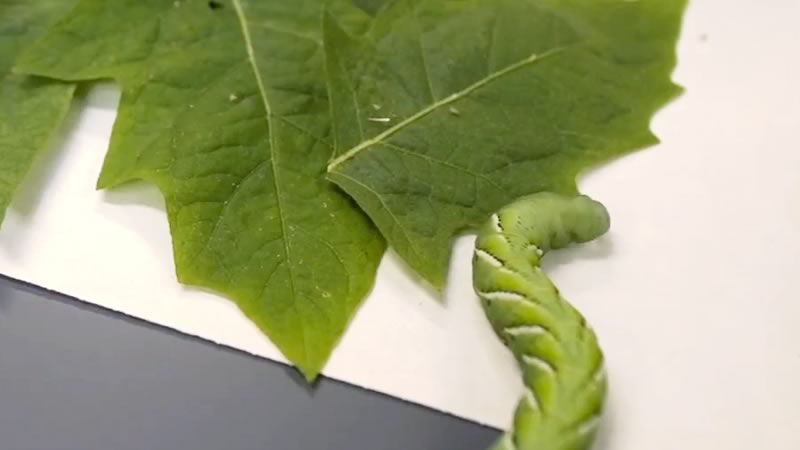Study a Living Thing
Children are naturally drawn to animals of all shapes and sizes. Show them some amazing creature features with these fun activities!
Magnificent Mimicry
 Photo by Frenjamin Benklin on Unsplash
Photo by Frenjamin Benklin on Unsplash
Mimicry occurs when a plant or animal looks like another species to help it survive. One of the best examples of this is the Monarch and Viceroy butterflies, which have similar colors despite one tasting bitter to predators (Monarchs) and the other not tasting bitter (Viceroys). Try this experiment to explore how Viceroy butterflies use mimicry to trick predators!
Bumblebee Bonanza

Observe bees and beehives and make observations about how changes in their environment affect them.
Owl Pellets

Find out what’s on an owl’s menu by dissecting an owl pellet - a regurgitated ball of undigested food that is part of an owl’s digestive process. Can you determine what’s in an owl’s food chain by dissecting an owl pellet? Try it!
Caterpillar Senses

How does a caterpillar find its food? What do they eat and which senses do they use to find it?
